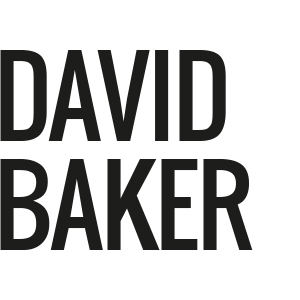Ambivalence is making a comeback
Monthly column: “Possible Futures”
Época Negócios Brazil, May 2022
(originally published in Portuguese)
How should we make decisions at work? Well, if corporate folklore is to be believed, the answer is quickly, clearly and confidently.
But research by Naomi Rothman, associate professor of management at Lehigh University in the US, suggests we may have got that wrong. She and her colleagues have been looking at the idea of emotional ambivalence, that feeling we can have of being “torn” when confronted with a problem, able to see multiple possibilities but unable to land on one. And they have found that, contrary to what we might expect, vacillating leads to better decision-making.
Ambivalence is an uncomfortable state of mind and we often do everything we can to resolve it. It can be awkward to be around, especially in a boss. And it tends to be looked down on in the world of work. Rothman reports on how much more positively investors rated companies whose CEOs were clear and confident in quarterly earnings calls, as against those whose CEOs gave a more honest, but ambivalent, view of their companies’ future prospects. The fact that that doesn’t seem surprising says a lot about how highly we rate the appearance, at least, of certainty.
What is surprising is what she and her colleagues found happened when managers opened up about their feelings of ambivalence, hesitating before coming to a decision and acknowledging their own confusion and muddle about a topic, words that are unlikely to appear in many job adverts for senior executives. In those situations, people around them felt more able to chip in with other ideas. They listened more closely to their colleagues and were more open to alternative points of view. And the conclusions those teams came to were often different – and better – than the ones that had first come to mind.
I was thinking about this when I came across some other research, published recently in the Harvard Business Review, that strongly suggests that it is better to work for a woman than a man. In a study of 5,000 companies, spread across 100 countries, researchers at Potential Project, a consultancy based in New York, looked at the effect of a
manager’s gender on the engagement and performance of their teams. Women who worked for a female boss reported 5.5 per cent higher engagement in their jobs and six per cent higher performance than did men working for a man. For men working for a woman, the figures were 4.8 per cent and 5.5 per cent. Women working for a male boss came next. Men working for men produced the worst outcomes.
Stats like this should stop us in our tracks, as, in pretty much the entire world, the majority of managers are men. That’s an awful lot of lost engagement and performance.
Why this should be the case is not clear. Anecdotally, colleagues of mine often talk about how women bosses tend to let them get on with a task rather than fussing over them and micromanaging. The researchers at Potential suggest that women are more able to demonstrate qualities such as wisdom and compassion in the workplace. But I think – and I am aware that making any generalisation about gender is a fraught business – it is also something to do with the fact that women in our culture are “allowed” to be more open about their emotions, less frightened than men are about displaying their own ambivalence and confusion about a situation, more open to alternative points of view and less likely to adopt the first good solution that comes to mind.
Our world of work takes a lot of its metaphors from warfare. We talk about strategy, battling for new customers, defeating the opposition. Indeed, Sun Tzu’s The Art of War is still required reading in many MBA courses around the world. And that suggests there is little room in business for qualities such as compassion and ambivalence. But maybe it is time to rethink that. We are all trying to create workplaces where people feel engaged in their jobs and the best ideas get adopted. As Rothman’s and Potential’s research seem to show, sometimes a softer approach can lead to a better answer.






